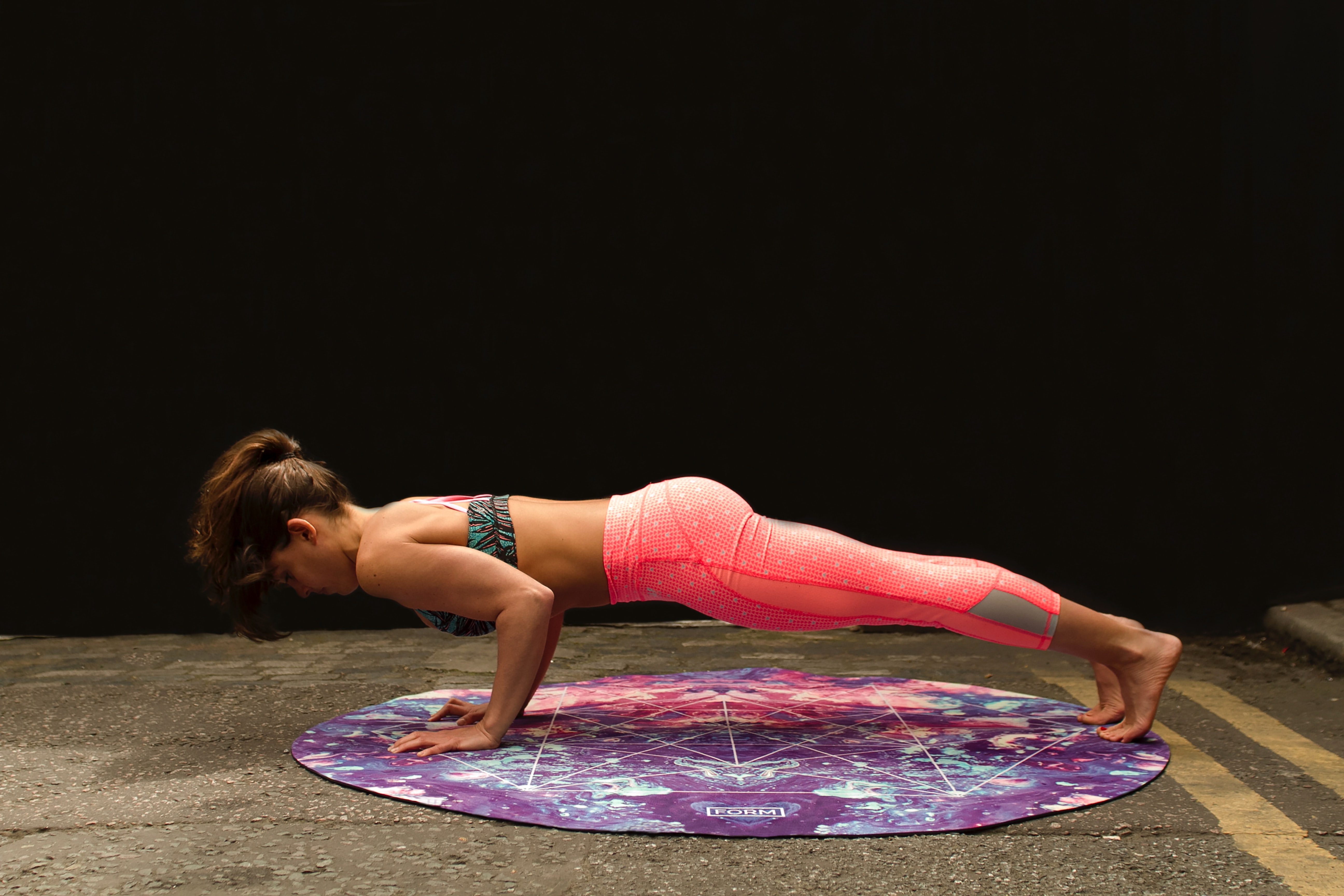With many races cancelled for the first half of the year and all gyms currently closed, many people find it difficult to maintain consistent workout routine. However, exercise is especially important now, both for your mental and physical health.
As we work from home and spend a lot of time inside, it is easy to become sedentary. I used to walk five to six miles every day before the lockdown as I walked to and from my office and took a walk during lunch break. Now my Garmin watch shows only a couple thousand steps per a day unless I get outside for a walk or a run.
It is understandable that prior fitness routines might not work any longer for many people and fitness goals might have to be adjusted.
Rebuilding your exercise routine can bring numerous benefits to your life and help you go through these challenging times. When you exercise, the body releases endorphins, dopamine, serotonin, which improve your mood and reduce stress.
For most healthy adults, the Department of Health and Human Services (HHS) recommends getting at least two hours and thirty minutes to five hours of moderate intensity activity or one hour 15 minutes to 2 hours 30 minutes of vigorous intensity aerobic activity a week.
HHS also advises that adults should do muscle-strengthening activities that involve all major muscle groups on two or more days per week. While there is no specific time guideline for strength training, each session should take at least 15-20 minutes.
To meet these HSS guidelines for aerobic and muscle-strengthening activity, one needs to do at least 30 minutes of physical activity per day, which sounds reasonable and should be doable. However, many people find it challenging to exercise consistently.
The easiest way to become committed to staying active without constantly getting off track is to integrate it into your daily life and make it something you do by default, like brushing your teeth. The below three steps can help you start rebuilding your workout routine.
1) Create your weekly workout schedule
When I work with my clients, our first step is to create a weekly exercise schedule, which captures all weekly workouts and rest days.
Start with deciding how many hours per week you are planning to exercise. Answering the below three questions can help you with this decision.
How many hours per week you would ideally like to work out?
How many hours per week you can commit to working out?
How many hours per week you can reasonably expect to work out?
Once you have decided on the number of hours, choose which workouts you would like to do. If possible, you want to alternate your exercise routine between cardio and strength training and do not repeat the same workout twice in a row.
After you have chosen specific workouts per week, pick days and specific time slots when you are going to exercise. Also, pick alternative time slots as back-ups if something unexpected comes up and interferes with your original plan.
2) Choose your weekly workouts
Cardio may include brisk walking, jogging, running, cycling (indoors or outdoors), jumping rope, jumping jacks, walking up and down the stairs, etc. It makes you breathe faster and deeper and increases your heart rate. Aerobic activities can be done either at moderate intensity (brisk walking) or vigorous intensity (running).
Strength training may include lifting weights, working with resistance bands or body weight training. Even if you do not have any equipment at home, you can always do push-ups, planks, squats, lunges, etc.).
Additionally, it could be beneficial to add stretching or yoga to your weekly workout routine. If you have not done yoga before, search for some online videos that you can follow.
3) Find an accountability partner
Find an accountability partner with whom you could share your weekly fitness goals and your daily progress towards those goals. Most people find it easier to keep a promise to another person than to themselves. And that is the real power of having an accountability partner.
It is great to know you have someone there that is counting on you to take action. Also, it is a great way to stay connected while physical distancing.
Every effort counts
Also, keep in mind that you do not have to spend hours exercising to experience the physical and emotional benefits of exercise. Even small amounts of moderate activity (5-, 10-, or 15-minutes) throughout the day can go a long way.
Instead of focusing on things we can no longer do due to the coronavirus, let’s focus on the things that we can still do.
Keep moving and stay healthy!
Do not let what you cannot do interfere with what you can do.
John Wooden
Ready to start your journey towards a more fulfilling and happier life?
If you would like to learn how to add self-care to your daily routine and upgrade your life, grab a free copy of my Ultimate Self-Care Guide!


